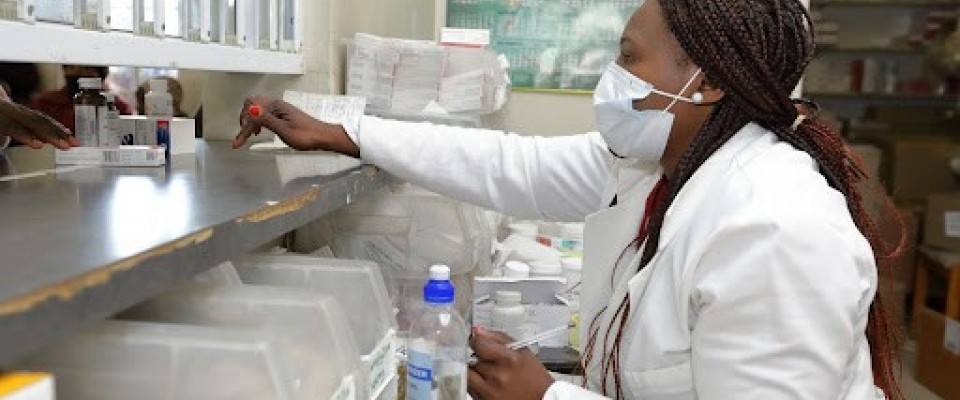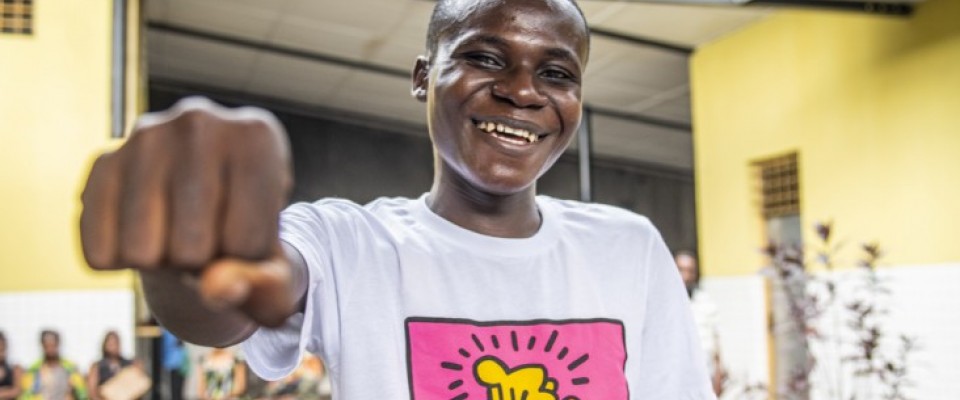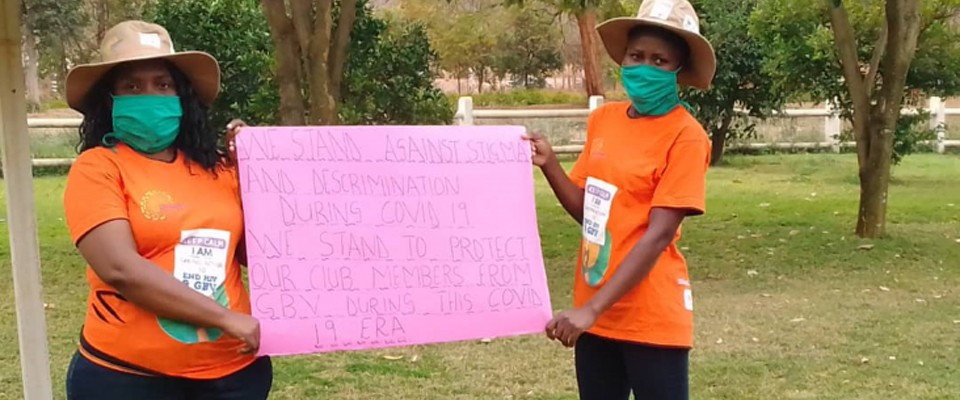- What We Do
- Agriculture and Food Security
- Anti-Corruption at USAID
- Climate Change
- Conflict Prevention and Stabilization
- Democracy, Human Rights, and Governance
- Economic Growth and Trade
- Education
- Environment, Energy, and Infrastructure
- Gender Equality and Women's Empowerment
- Global Health
- Humanitarian Assistance
- Innovation, Technology, and Research
- Nutrition
- Water and Sanitation
-
Learn More
Strategic Investments in the Health Workforce: Learning from Lesotho
-
Learn More
Harnessing Partnership with Young Leaders to Drive Tailored and Responsive Programming: The Committee of African Youth Advisors
-
Learn More
Advancing Gender Equality and Preventing & Responding to Gender-Based Violence to Achieve Sustained HIV Epidemic Control
Speeches Shim
"AIDS can be prevented. Antiretroviral drugs can extend life for many years... seldom has history offered a greater opportunity to do so much for so many.” – Former President George W. Bush, 2003 State of the Union Address, announcing the creation of the U.S. President's Emergency Plan for AIDS Relief (PEPFAR)
As a key implementer of PEPFAR, USAID’s Office of HIV/AIDS provides global leadership to the Agency’s overall response to combat the HIV epidemic. USAID supports country-led efforts to combat the complex challenges of HIV in over 50 countries around the world.
USAID’s overall goal is to support and sustain the achievement of HIV epidemic control across these countries by::
- Providing global leadership in the development of programs that maximize impact;
- Supporting country-led strategies while applying USAID’s broad health and development expertise and specialized HIV/AIDS technical competencies;
- Using science, technology, and innovation to support cost-effective, sustainable, and appropriately integrated HIV/AIDS interventions at scale.
USAID continues to innovate and adapt to realize efficiencies and maintain high-quality client care. We employ a "whole of Agency" approach, leveraging our considerable development assets, including our work in health, education, democracy and governance, human rights, economic growth, and humanitarian assistance. USAID has identified five critical “pathways” to ensure an efficacious and durable HIV response that can also be leveraged to tackle other pressing global health challenges. These five pathways include:
- Simplified service delivery models that address clients’ holistic needs and seek opportunities to integrate with and leverage other health programming;
- Adolescent and youth resilience, which recognizes the importance of the public and private sectors to build adolescent and youth resilience to prevent HIV and sustain HIV epidemic control, and ensure youth can fully contribute to a country’s overall economic health and development;
- A locally-led and managed HIV response, which recognizes the importance of engaging the full continuum of public/private health sector partners for well-governed and resilient health systems;
- Client-centered supply chain solutions which maximize product availability, choice, quality, affordability and strengthen host government oversight, management, supply chain resilience and security; and
- Pandemic readiness, response, and resilience to future shocks.
Fast Facts
In FY21 through PEPFAR, USAID has:
helped over 900,000 people learn of their HIV positive status and linked 93% to treatment
supported over six million orphans and vulnerable children and their families affected by HIV with critical services
initiated over 500,000 people on pre-exposure prophylaxis to prevent HIV
helped avert over 53 million clinic visits for drug pick up since the beginning of the COVID-19 pandemic in March 2020, due to USAID’s multi-month dispensing efforts
reached nearly two million members of key populations with HIV prevention interventions
Connect with Us
USAID is a proud implementer of the U.S. President's Emergency Plan for AIDS Relief.
Last updated: June 24, 2022






Comment
Make a general inquiry or suggest an improvement.